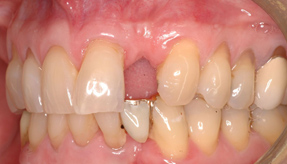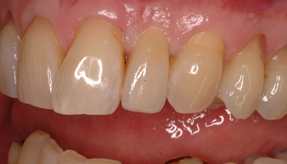What are Inlay/Onlay?
Dental Inlay: Typically used when the cavity is too large for a simple filling. The inlay is fabricated as a single, solid piece to fit the specific shape and size of the cavity. The inlay is taken cemented in place.
Dental Onlay: More than an inlay, but not quite a crown, this restoration is characterized by the fact that it covers a cusp of the tooth and is fabricated as a single, solid piece.
Inlay/Onlay Procedure
In theory, these two can often be used interchangeably, but inlays are typically reserved for much larger cavities. They both involve removing the existing cavity with a drill and filling that empty space, but how that space is filled is where they primarily differ. With a filling, an amalgam or composite material is used to fill the space, and it’s a much quicker process, involving only a single visit.
With an inlay, the space is filled with a single, solid piece that is usually fabricated in a lab, although they can sometimes be made in-office, and they are typically made out of a material like gold or ceramic. The inlay must be made precisely to the shape and size of the empty space, otherwise food and bacteria will enter the space, resulting in further decay. The upside to an inlay is that they do not contract to the same degree as a filling after being placed, so there is less chance of the restoration failing for that reason, or creating a gap between the filling and the surrounding tooth structure. Inlays also create a tougher and theoretically more durable surface for use when chewing, and as such, an inlay should be more reliable long term, although the data on that is mixed and inconclusive.
AVENUE DENTAL CENTRE IS KNOWN FOR THEIR ARTISTIC TOUCH AND CREATIVITY THAT COUPLED WITH THE TECHNICAL SKILL IS CONSISTENTLY DELIVERING RESULTS THAT SURPASS
PATIENTS EXPECTATIONS.
Recommended For
- Broken, fractured or decayed teeth where it does not affect the cusp of the tooth.
- It is extensive enough to require a large dental filling that may weaken the remaining structure.
- The level of injury does not allow for removal of enough tooth material to support mounting a crown.



